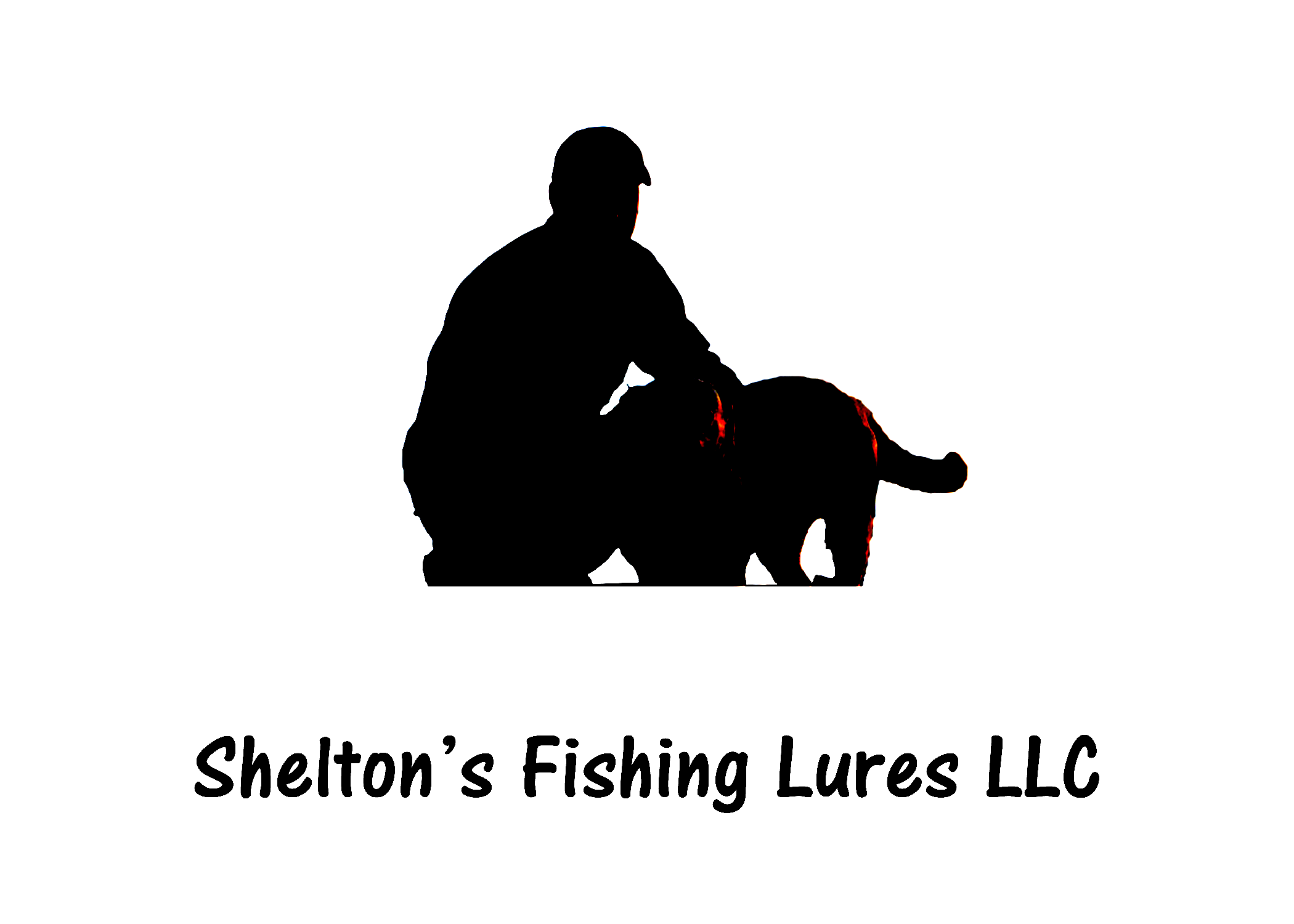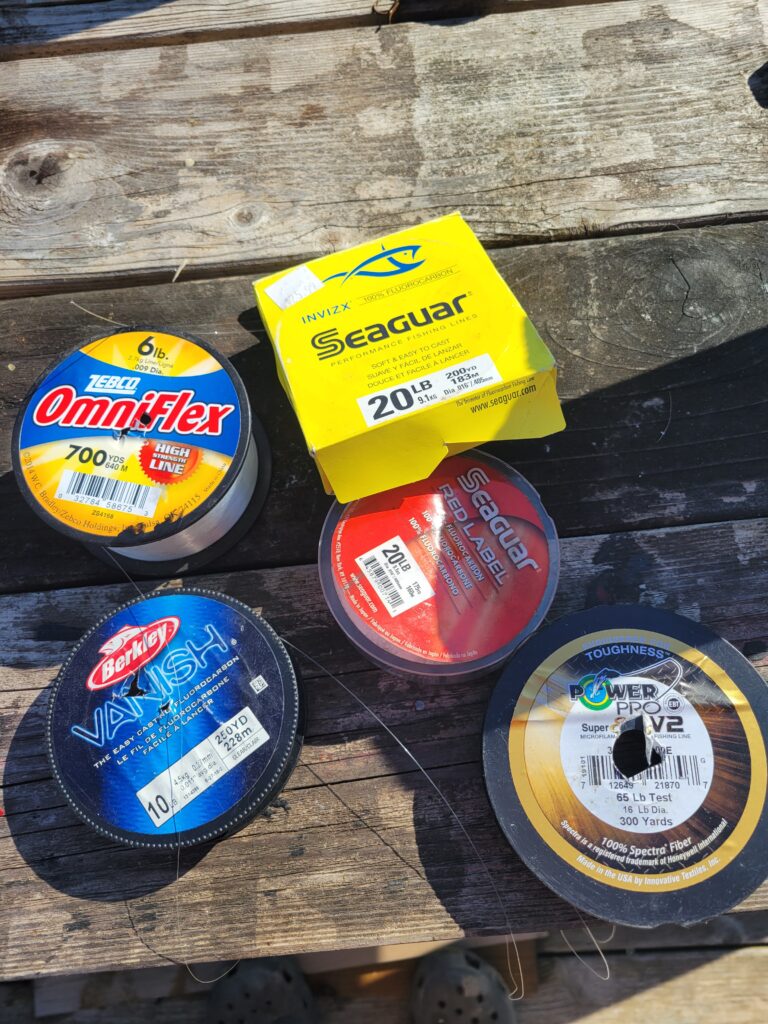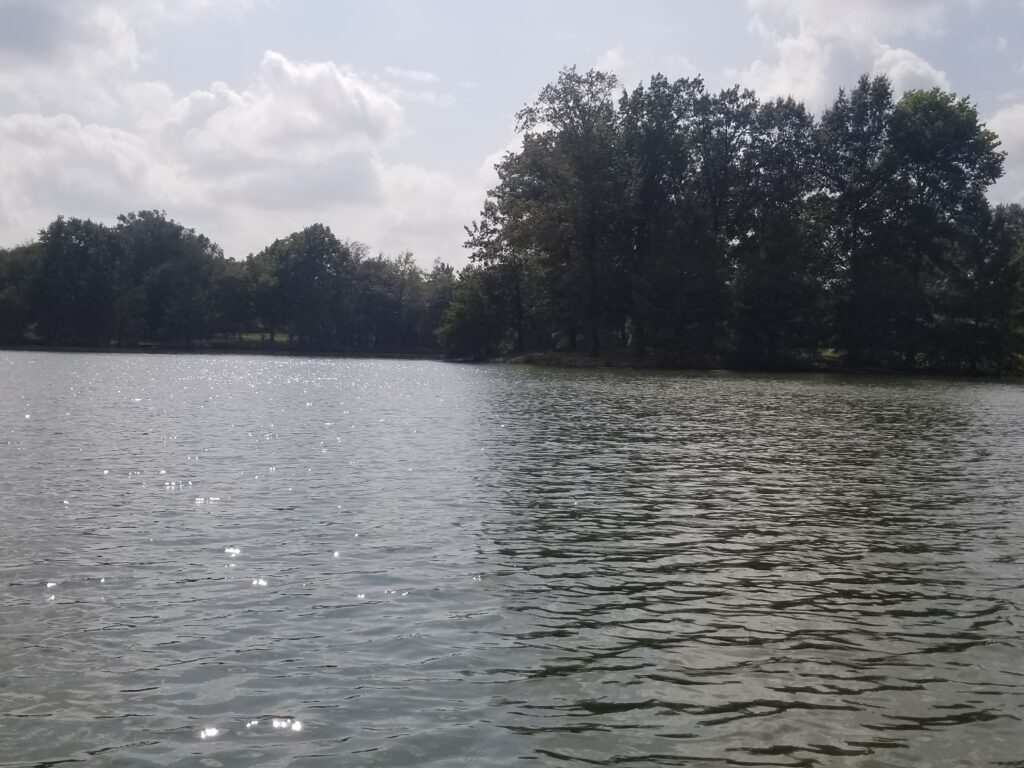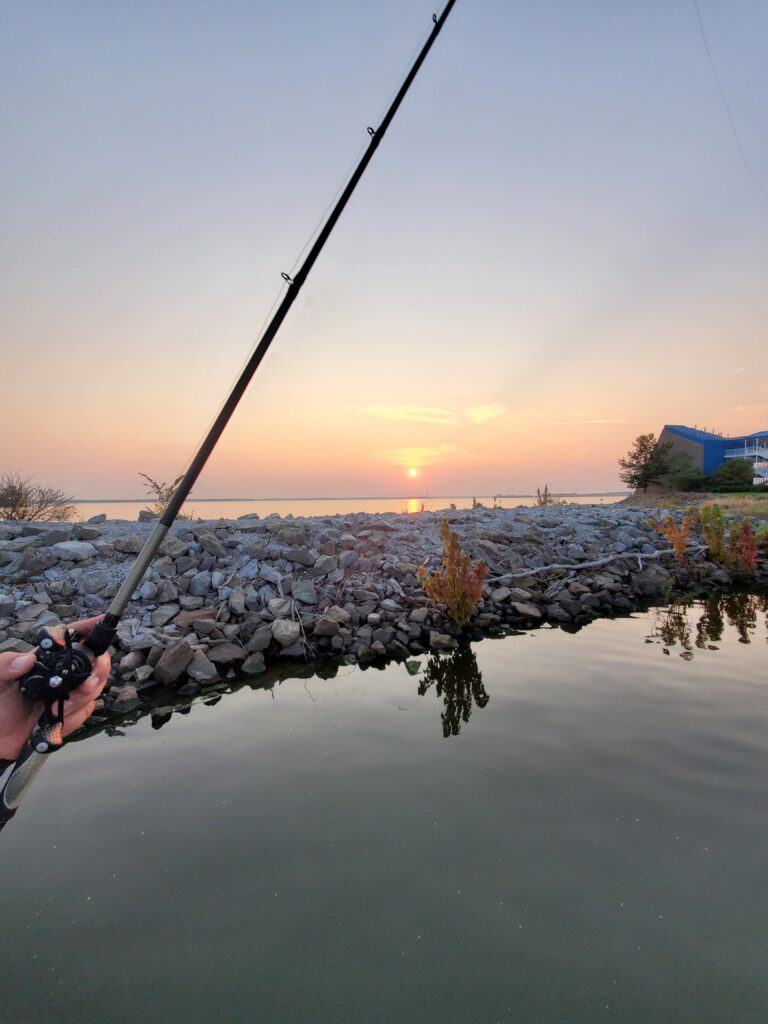Crappie
What Pound Test Line Works Best For Crappie Fishing
Please note that some of my articles contain pictures of the products that I write about. By clicking on them you will be redirected to my affiliate links where you can purchase the reviewed product. I typically get a small commission off any purchases which helps keep my site growing!
Considering All Factors What Is the Correct Line Size For Crappie Fishing?
A question that frequents fishing forums is how big of a line size should I use when crappie fishing?
This is actually a pretty simple one once you think about it. You want to catch the most crappie and lose the fewest number of lures possible so we need to dive into external factors that will reveal the optimum line size.
What Your Fishing Line Pound Test Reveals
Fishing lines are measured in their resistance to breaking under a certain amount of direct pressure.
If you purchase ten-pound test line understand that this doesn’t mean you’re limited to catching fish under ten pounds. Rather it means that ten pounds of direct constant pressure will force the line to unravel and break. That’s why seasoned fishermen know how to use their drag system.
When a fifteen-pound fish is swimming around with your bait in their mouths they aren’t always exerting all of their strength to break off. Water provides resistance to the fish and at the same time he might not even know he’s hooked and just be swimming around.
That’s why most break offs actually happen closest to the boat when the fish realizes it’s in danger and uses adrenaline to try to get away with your line already being sinched down.
This also explains why a five-pound fish can snap ten-pound test if the fish exerts an adrenaline rush with the line being stretched at its max.
How Crappie Are Much Easier On Your Line Enabling A Smaller Line Size
Crappie, especially larger one’s feed in an upward thrust. Once you feel that classic thump and you’re vertical fishing for crappie, they’re already on their way up providing next to know resistance at all.
This Is why two-pound test line has absolutely no issues at all catching them.
However, if you’re not fishing directly over the fish and using something like a slip cork method to catch crappie, you take the chance of the fish finding structure to wrap your line in, so a larger pound test line is preferable.
Water Clarity And Line Size For Crappie Fishing
The variable that factors in most to choosing the correct line size to fish for crappie is water clarity. Fish know what they want to eat and they also know what it’s supposed to look like.
If you’re dangling a minnow down in crystal clear water with what looks like rope to a crappie then you’re not going to get bit very often. Ten-pound test braid can look just like said rope! However, if you’re using only two-pound test line you’re almost assured to break off anytime you hook a snag.
Water clarity can become less clear with wind and cloud cover which cuts down line penetration allowing for a little bit heaver line to be used.
What Size Line Should I Crappie Fish With In Muddy Water?
In muddy water line size makes little difference. One of my friends swears by using 30lbs. braided line and he’s very successful with it. His reasoning is backed up by the fact that he fishes seven days a week and only breaks off a couple of times as the line strength breaks the brush piles before the line!
He also pulls more limits off the lake then just about anybody.
I personally use six-pound fluorocarbon as I’m a jig fisherman and the lighter line gives the bait much more action securing more bites!
What Size Line Should I Crappie Fish With In Stained Water?
If you’re fishing water clarity at three feet or less then you should fish with fluorocarbon line between six- and eight-pound test.
If it’s sunny out I will lean more towards the six-pound test however if it’s cloudy there’s no reason you can’t get away with the eight-pound fluorocarbon.
What Size Line Should I Crappie Fish With In Clear Water?
Clear water is tricky as you’re really going to have to fool the fish now!
On sunny days in clear water with at least three feet of visibility I will go with two-pound test fluorocarbon. This provides the most action and keeps the line nearly invisible to the fish.
On cloudy days in clear water, you will be able to get away with up to six-pound test because the sun will not be out to reflect line.
In clear water be prepared to lose many more jigs as this is the natural trade off in order to get those precious bites!
Conclusion
Sticking to the basic rules above will help you increase your fish catches.
Understand that the sun and wind make a huge difference in the ability of the fish being able to see your line in any water clarity.
Just remember to bring more jigs the clearer the water gets!






